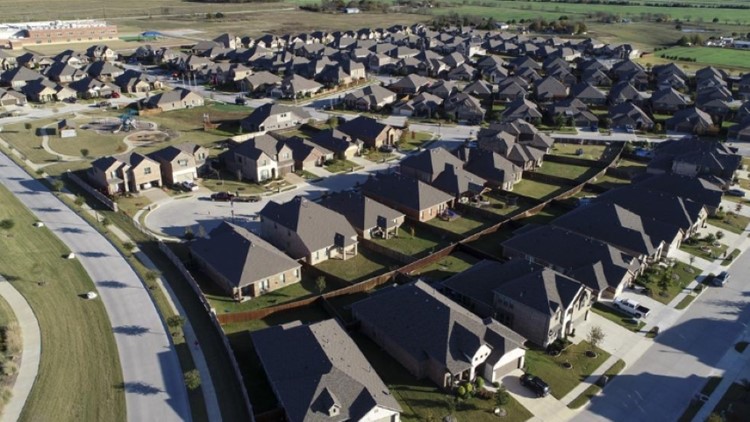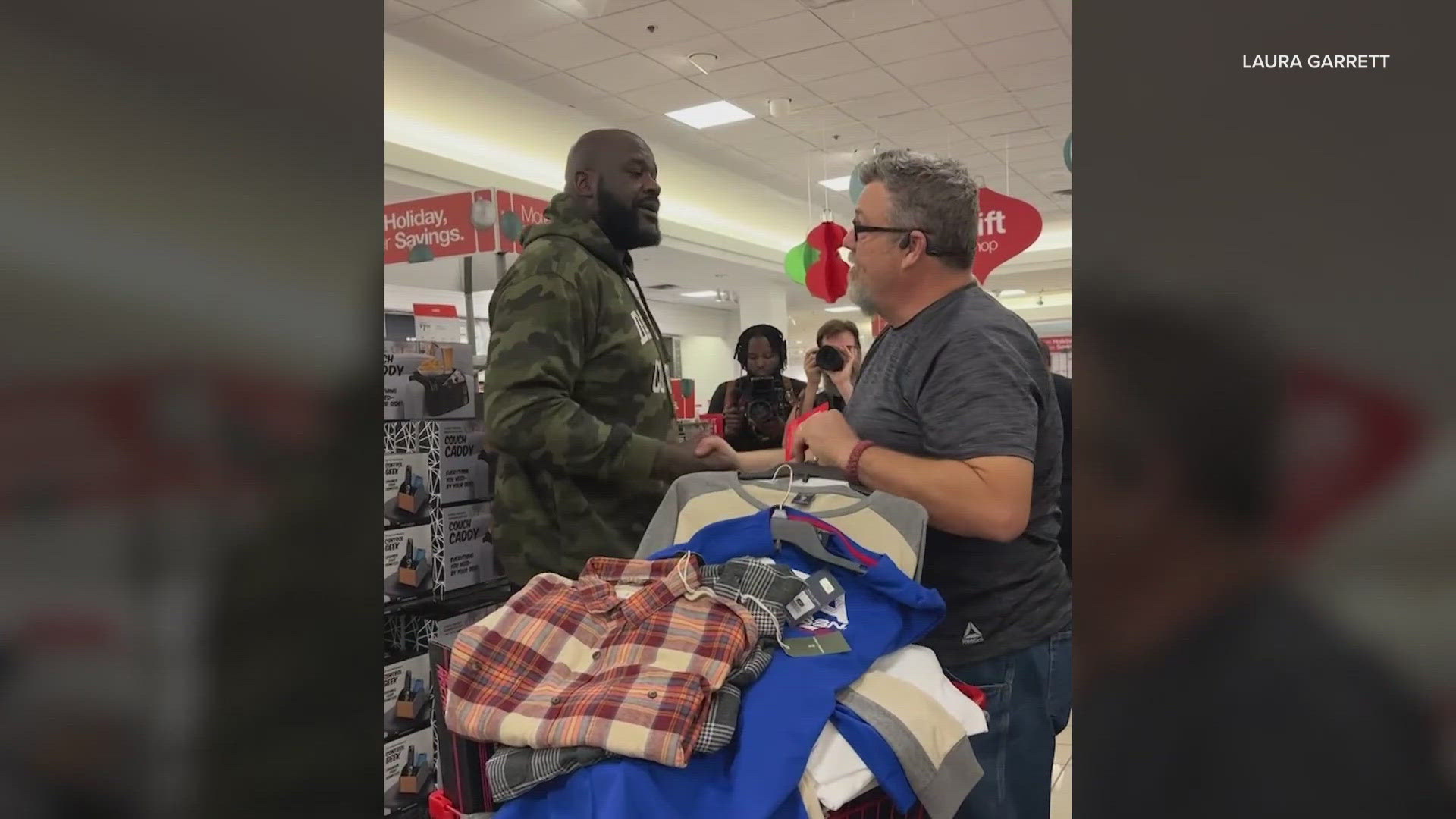With Sherman to the north on the brink of a boom, and the heart of Dallas-Fort Worth thumping strongly to the south, the Collin County city of Anna is “just sittin’ there with opportunity galore,” in the words of its economic development director.
Single-family home building permits are growing in Anna even as they fall sharply in the nearby cities of Frisco, Celina, Prosper and Princeton.
Anna’s residential permits are up by 15% in the first half of this year compared to the first half of 2021, with 635 permits in the Jan.1 through June 30 timeframe of 2022. Meanwhile, Frisco and Celina’s housing permits are down by roughly 40% in each city, and permits in Prosper and Princeton have fallen by about 20% apiece.
Additionally, with massive multibillion-dollar expansions by GlobiTech and Texas Instruments expected to bring a combined 4,500 jobs to nearby Sherman over the next few years, Anna is sure to land its share of spillover homeowners, and renters too.
The city of about 20,000 residents on State Highway 5 and U.S. 75 is 45 miles from Dallas and 12 miles northeast of McKinney. It’s about 20 miles south of Sherman as the crow flies or 24 miles on U.S. 75.
In terms of land, Anna is relatively large, with just over 15 square miles in the city limits and a planning area of over 60 square miles.
Anna held an Economic Development Forum on Thursday for developers, brokers and commercial real estate professionals.
In the interview that follows, which was conducted before the forum, Joey Grisham, director of economic development for Anna, talks about the factors driving Anna’s growth.
What do you think the wafer fabs going in up in Sherman will mean for residential development in Anna?
For housing, I think we’re going to see a boom. There are people who are going to want to live closer to the Metroplex. If you have a spouse that works south in DFW, I think Anna’s a good halfway point. There’s already a good bit of multifamily coming out of the ground in Anna. I don’t think Sherman has as much (apartment and single-family) housing being built as we do. Anna, Melissa and Van Alstyne all certainly stands to gain quite a bit on the housing standpoint from the future workforce coming in.
How about the nonresidential implications?
The industrial stuff is really hopping right now along the 75 corridor. It's going to create offshoots. They (T.I. and GlobiTech) need suppliers. Probably the best thing for all of us is it's going to generate more excitement around the tech industry. You already had the T.I. plant down in Richardson, and now you're going to have this expansion up in Sherman, so that puts us on the center of those two markets. You're building an ecosystem here for tech companies. These companies follow each other. They like to co-locate. Then you build up the workforce, and then you start getting the entrepreneurial ecosystem.
How else has Sherman’s success affected Anna?
Coming up to Anna, I thought, "We feed off of the Metroplex." But now I think we’re feeding more off of what Sherman is doing. DFW obviously is DFW. But Sherman, right now, is probably the top community in economic development (in the state). Who else has landed $35 billion in projects?
What's going to really impact us the most is that suddenly, we're sandwiched between the DFW Metroplex and Collin County, which is one of the hottest counties in the country, and Sherman, which is clearly one of the top economic development communities in the country. We're literally perfectly centered on a major highway right in the center with 61 square miles of land. So Anna's just sittin’ there with opportunity galore.
Do you consider Sherman part of the DFW Metroplex?
It’s really the Texoma region. It’s actually a different Council of Governments. I’ve always kind of viewed Sherman as a part of the Metroplex, even though when you look at where it is in relation to Dallas-Fort Worth, it's clearly basically moving up to the Oklahoma border.
How do you expect Anna to develop on the industrial front with the new deals in Sherman?
Especially since the Texas Instrument announcement, we've had a lot more (speculative) industrial groups reaching out. In fact, I had one call me this morning. They're looking to do 100,000-150,000 square-foot spec. Part of the challenge is that we don't have a ton of land zoned industrial. We're really playing catch-up. We've got a couple of other tracts that are coming available. It's a myriad of users. You're seeing a lot more re-shoring. You're seeing a lot more manufacturers coming in. Obviously with the population being here, you're always going to see the last mile users and distribution logistics. That's what McKinney's doing. They've got 1.5 million square feet coming online as we speak.
What excites us more in Anna is trying to get the manufacturing base. Manufacturing really drives R&D. It drives a host of other potential groups coming in. That's where you can really build clusters of tech companies. It's the cluster-based economic development approach where you can get a clustering of tech companies and then create that ecosystem. We haven't seen as many because these plants (in Sherman) are just now starting to be built, but I think in the next three to five years, you'll see a lot more conversations with the actual suppliers and vendors.
How do you expect the industrial market to change in Anna over the next few years?
I would hope in the next year or two we're going to see a lot more activity specifically related to the Texas Instruments plant once they get further along. It's 2025 before they actually open up that first phase. We're still a couple of years out, but it's a good time for us to get our land and identify some additional land and start bringing that into the mix for potential industrial. We've got a couple of sites we've identified ourselves for future enterprises, like the 100-, 200- and 300-acre deals. Not necessarily a Texas Instruments, but a large enterprise like that.



